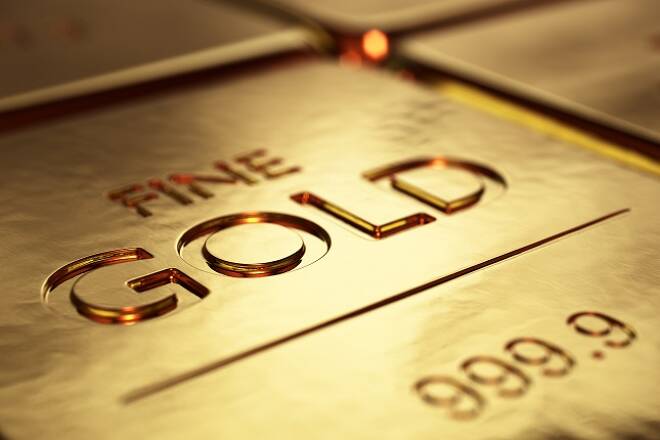Advertisement
Advertisement
Keep an Eye on Gold – Iran Might Change the Game
Updated: May 9, 2018, 08:53 GMT+00:00
The geopolitics of the Middle East is enough to keep anybody awake at night at the best of times - so the news that Donald Trump has announced the withdrawal of the US from the deal made with Iran is likely to have severe ramifications for the whole area.
The deal – designed to end 12 years of stalemate over Tehran’s nuclear programme – was taken after intense negotiations over several years, and was agreed by China, France, Russia, the UK, Germany, and the US.
President Trump never liked the deal and made it clear that he was going to scrap it. Despite protests by the other five countries he has made his decision and pulled away from the United Nations resolutions, and will tighten sanctions still further.
As we all know, the markets hate uncertainty. At this stage, nobody has any idea of how Iran, and its supporters, will react. Oil supply is the primary concern – with Venezuela becoming more problematic by the day – an Iranian shortfall may prove to be disastrous. If oil prices escalate, it will affect all of the broader markets to varying degrees.
Of all these markets, historically, gold has always loved uncertainty – along with bonds. When there has been nowhere else to go, it is the market which usually moves higher in situations like these.
Gold has been in a reasonably flat range since the beginning of the year, moving sideways between the highs, at A) and the lows, at B) on the daily chart above.
The selling momentum seems to have dissipated after the slide down from the high of $1355.7, on 18 April. This is confirmed by the appearance of a divergence, after the slide, at 3).
The purple line here, at 1) is the 200-day simple moving average. Gold has been resting on this since the end of April – bouncing up and down between it and the 100-day exponential moving average – which is the orange line, at 2).
The most exciting aspect of this chart, at the moment, is the lower panel which shows a combination of momentum and power, and the direction in which the price is being forced.
In a previous price movement, at 5) gold had bottomed out on 8th March, leveled off over the next few days, and then began to climb, to reach a new peak around 11th April. By comparing the upper chart with the lower panel, you can see that the price follows the pulse signal here, from red to green – that is negative to positive.
If we look at the current situation, at 6) we can see that the downward force has been much stronger this time – as shown by the longer pulse lines. You will also notice that the pulse signals (dots) have turned from red to blue. This, in concert with the red divergence signal, to the right of 3) are active signals of a change of trend.
Suggested Articles
So the runes were good for gold, even before Donald Trump announced his decision.
What we have now, is a potential impetus to break through the resistance levels at 2) which, if followed through, to see gold moving above $1,320, might see it going to $1,350 – and possibly even $1,370 or higher.
Should gold close below the May lows of $1,300, this would indicate that the markets are not as spooked as we think, and it may just continue in limbo for the time being.
We also need to take into account the possible flight of money to cryptocurrencies, which has become a significant consideration in any assessment of where gold might be headed. YouCryptos are a new card being played – and nobody can know for sure how it may affect the safe haven status that precious metals have always relied on.
It is time to keep a close eye on gold again…
Noble Gold specializes in IRAs and 401(k) rollovers through precious metals and cryptocurrencies investments.
About the Author
Charles Thorngrencontributor
Advertisement
